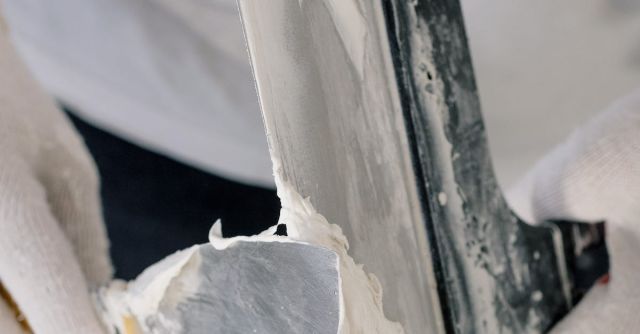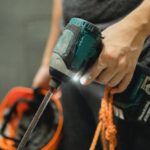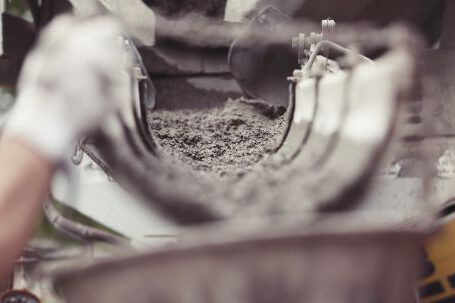When it comes to laying and finishing concrete, there is a vast array of tools that can be used. From the basics of a shovel and a wheelbarrow to more specialized tools like bull floats and trowels, the right tool for the job depends on the size and complexity of the project.
One of the most important decisions to make when working with concrete is the choice between a float and a trowel. Although both tools are designed to work with concrete, there are significant differences between them and choosing the incorrect tool for the task can have costly consequences.
What Is a Float?
A float is a tool made up of a flat metal plate that is attached to a handle. Floats are used to smooth out and level the surface of freshly poured concrete. It is the first step in the process of finishing concrete, and it is essential for achieving a strong, even surface. Floats are available in a variety of sizes and shapes, with the most common being the bull float.
What Is a Trowel?
A trowel is a tool that is used to create a smooth, even finish on the surface of concrete. Unlike a float, a trowel is used after the concrete has set and is ready for final finishing. Trowels come in a variety of sizes and shapes, with the most common being the edging trowel.
Differences Between Floats and Trowels
Although both tools are used to work with concrete, there are significant differences between them. The most obvious difference is the timing of their use. Floats are used on freshly poured concrete, while trowels are used on concrete that has already set.
In terms of the actual task they are used for, floats are designed to level and smooth out freshly poured concrete, while trowels are used to create a fine, even finish on the surface. Floats typically have larger blades than trowels, and are designed to cover a larger area. Trowels have smaller blades and are designed to create a finer finish.
Benefits of Each Tool
Both floats and trowels are essential tools for working with concrete. Floats are essential for achieving an even, level surface on freshly poured concrete. Without a float, it is almost impossible to achieve a smooth, even surface. Trowels, on the other hand, are used to create a fine, polished finish on the surface. They are essential for achieving a professional-looking finish.
Conclusion
Floats and trowels are both essential tools for working with concrete. Floats are used on freshly poured concrete to level and smooth out the surface, while trowels are used on set concrete to create a fine, polished finish. Each tool has its own set of benefits, and understanding the differences between them will help ensure that the job is done properly and efficiently.






